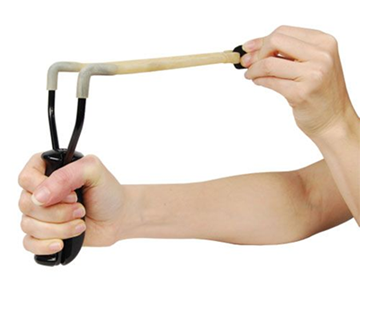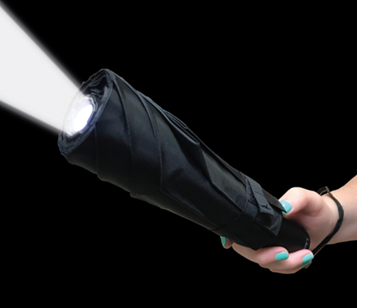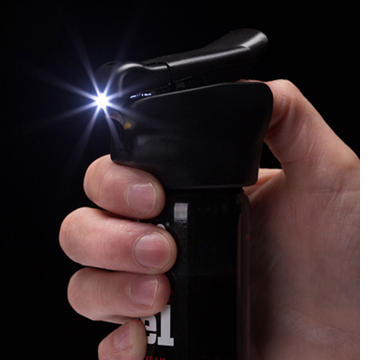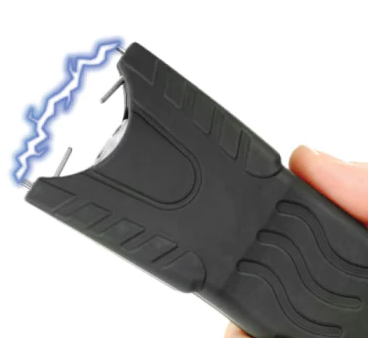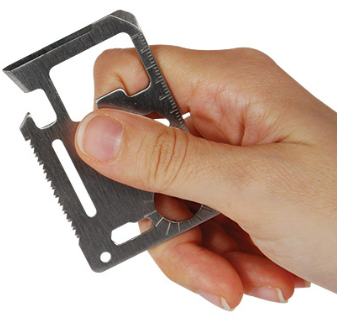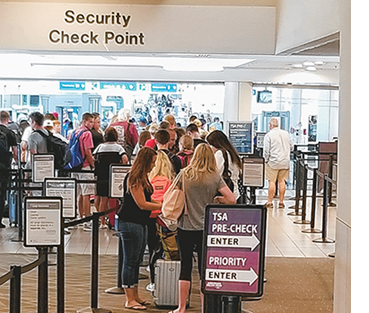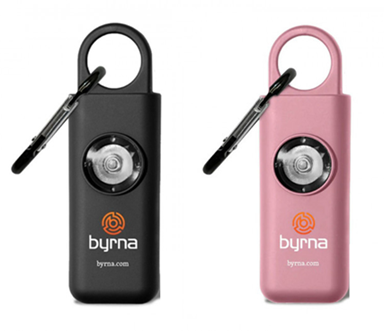Navigating the Hazards of Medication Errors
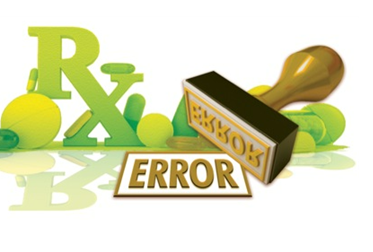
A colleague I worked alongside recently experienced a medical incident while at work, nearly losing consciousness. Promptly, paramedics were summoned to the workplace, and he was swiftly transported to the hospital. Following his admission, medical professionals conducted an array of tests, all of which yielded negative results, leaving the doctors perplexed about the cause of his episode.
Surprisingly, the mystery unraveled later that night when, after taking what he believed to be his cholesterol medication, he encountered the same distressing issue. It was only then that his wife inspected his medication and discovered he had been mistakenly taking medication intended for Parkinson's disease instead of his prescribed cholesterol medication. The gravity of this error becomes apparent when considering the potential risks — had my co-worker been driving or fallen, the consequences could have been severe, leading to significant injuries or even death.
In a world where access to pharmaceuticals is integral to our well-being, the safety of medication dispensing is paramount. Unfortunately, an alarming number of individuals fall victim to medication errors, where wrong medications are mistakenly issued by pharmacies. These errors not only jeopardize the health of patients but also highlight the critical need for enhanced safety measures within the pharmaceutical industry. In this blog post, we will delve into the safety issues associated with wrong medications and explore practical ways to prevent such mistakes.
Medication Error Statistics
Medication errors are a widespread problem, affecting millions of people each year. According to various studies and reports, here are some alarming statistics related to medication errors in pharmacies:
- A study published in the Journal of General Internal Medicine found that approximately 5% of adults in outpatient settings experience adverse drug events annually, many of which could be attributed to medication errors.
- Another study published in the American Journal of Health-System Pharmacy estimated that preventable medication errors cost the U.S. healthcare system $21 billion per year.
- The Institute of Medicine estimates that around 1.5 million Americans are harmed every year due to medication errors, resulting in tens of thousands of deaths.
- According to the Food and Drug Administration (FDA), medication errors account for more than 7,000 deaths and 98,000 injuries each year in the United States alone.
- Approximately 30% of all medication errors involve look-alike or sound-alike drugs, according to the National Coordinating Council for Medication Error Reporting and Prevention.
- A report from the Centers for Disease Control and Prevention (CDC) states that nearly 14% of emergency department visits in the US were due to adverse drug events, many of which resulted from medication errors.
- In a survey conducted by Consumer Reports, one in four respondents reported having received the wrong medication or dose from a pharmacy at least once.
These statistics highlight the importance of addressing medication errors and implementing measures to prevent them. Both healthcare providers and patients need to work together to ensure that medication errors are reduced, if not eliminated entirely. Taking proactive steps such as checking medications, communicating openly, and keeping accurate records can go a long way toward improving patient outcomes and ensuring safer medication practices.
Understanding the Risks
Medication errors can occur at various stages of the pharmaceutical process, but one of the most concerning aspects is when the wrong medications are dispensed to patients. Such errors can result in adverse effects, worsened health conditions, and even life-threatening consequences. The risks associated with wrong medications include allergic reactions, drug interactions, and incorrect dosage, all of which can have serious implications for the patient's health.
Common Causes of Medication Errors
Several factors contribute to medication errors, with some of the most common causes including:
-
Similar-sounding Medications: Some medications have names that sound alike, leading to confusion among healthcare professionals and pharmacists. This confusion can result in the wrong medication being dispensed.
-
Illegible Prescriptions: Poor handwriting on prescriptions is a classic issue that can lead to misinterpretation and subsequent errors during the dispensing process.
-
Technology Glitches: In the age of digital advancements, reliance on technology has increased. However, glitches in electronic prescribing systems or pharmacy software can also contribute to medication errors.
-
Communication Breakdowns: Ineffective communication between healthcare providers and pharmacists can lead to misunderstandings, contributing to the dispensing of the wrong medications.
-
Workload and Fatigue: High workloads and fatigue among pharmacy staff can compromise their ability to pay close attention to details, increasing the likelihood of errors.
Preventing Medication Errors
While the risks are evident, the good news is that there are several measures individuals can take to safeguard themselves from medication errors. Here are some practical tips to avoid falling victim to wrong medications:
-
Open Communication with Healthcare Providers: Establish open communication with your healthcare provider. Make sure to discuss your medical history, current medications, and any allergies you may have. Providing accurate and detailed information will help in preventing prescription errors.
-
Understanding Prescriptions: Take the time to understand your prescriptions. If your healthcare provider writes a prescription, ask questions about the medication, its purpose, and any potential side effects. This proactive approach ensures that you are well-informed about the prescribed medication.
-
Legible Prescriptions: If you receive a prescription with illegible handwriting, don't hesitate to ask your healthcare provider for clarification. It's crucial that you can read and understand the details of your prescription before handing it over to the pharmacy.
-
Pharmacy Communication: When dropping off a prescription at the pharmacy, communicate clearly with the pharmacist. Confirm the medication name, dosage, and any other relevant details. If there are any discrepancies, seek clarification before leaving the pharmacy.
-
Use Technology Wisely: Embrace technology to enhance medication safety. Utilize pharmacy apps and online platforms to keep track of your prescriptions, request refills, and receive medication reminders. However, always cross-verify information with your healthcare provider and the pharmacist.
-
Medication Reconciliation: Regularly review your list of medications with your healthcare provider. This process, known as medication reconciliation, helps ensure that all prescribed medications align with your current health status and do not pose any risks of interactions.
-
Ask for Patient Counseling: When picking up a new medication, request patient counseling from the pharmacist. This provides an opportunity to discuss the medication, its usage instructions, potential side effects, and any precautions you should be aware of.
-
Check the Medication: Before leaving the pharmacy, take a moment to visually inspect the dispensed medication. Ensure that the medication matches the details on the prescription and that the packaging appears intact. If you have any doubts, don't hesitate to ask the pharmacist for confirmation.
Conclusion
Medication errors pose a significant threat to public health, and the dispensing of wrong medications by pharmacies is a serious concern. By understanding the risks and taking proactive measures, individuals can play an active role in preventing such errors. Open communication, clear understanding of prescriptions, and leveraging technology responsibly are key components of a safer medication experience. Remember, your health is a collaborative effort between you, your healthcare provider, and your pharmacist – make it a priority to ensure the accuracy and safety of your medications.


